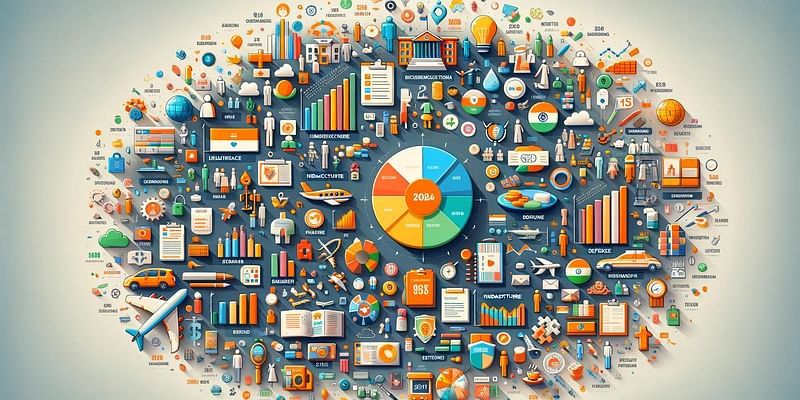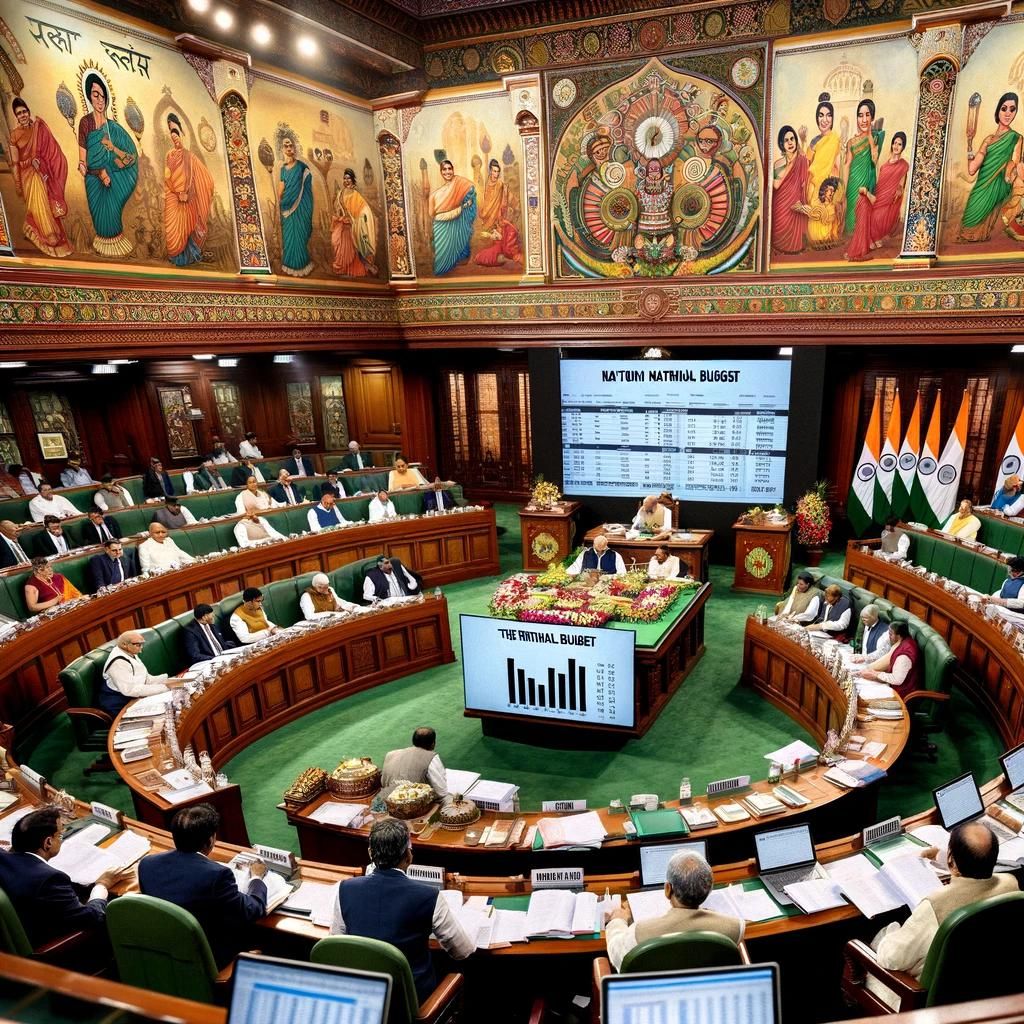
With the unveiling of the Indian Budget 2024, it’s pivotal for individuals and businesses alike to grasp the terminologies that shape our understanding of the nation’s financial roadmap. This article sheds light on 15 key terms that are instrumental in navigating through the budget documents, helping you to decode the fiscal blueprint of India. Whether you’re a financial enthusiast, a professional aiming to elevate your career, or a citizen keen on understanding how the budget impacts your wallet, this guide will serve as your compass.
1. Interim Budget
An Interim Budget is essentially a temporary financial statement, usually presented in an election year, covering a limited period. This budget ensures the government’s functioning until the post-election government can decide on a full budget. For example, if elections are due in May 2024, an Interim Budget might be presented in February 2024 to cover expenses until the new government is in place.

2. Capital Expenditure
This term refers to the funds used by the government to acquire assets, invest in major projects, and ensure long-term capital development. For example, investing in infrastructure projects like highways or schools is considered capital expenditure.
3. Revenue Expenditure
Revenue Expenditure covers the government’s operational expenses, including salaries, subsidies, and interest payments. It does not result in the creation of assets. An easy analogy is considering it as the government’s monthly expenses to run the country.
4. Fiscal Deficit
Fiscal Deficit is the difference between the government’s total expenditure and its total receipts (excluding borrowings). A simpler way to understand this is by considering it as the amount the government needs to borrow to meet its expenses. For instance, if the government spends ₹10,000 crore but only earns ₹8000 crore in a year, the fiscal deficit is ₹2000 crore.
5. Direct and Indirect Taxes
Direct taxes are levied directly on individuals and corporations’ income, such as Income Tax. In contrast, Indirect Taxes are applied to goods and services, like Goods and Services Tax (GST). Understanding these taxes helps you assess how the budget affects your earnings and spending.
6. Gross Domestic Product (GDP)
GDP represents the total value of all goods and services produced over a specific time period within a country. It’s a broad indicator of a nation’s economic performance. For instance, a rising GDP suggests a growing economy.
7. Inflation
Inflation indicates the rate at which the general level of prices for goods and services is rising, eroding purchasing power. The budget’s measures to control inflation can directly impact your cost of living and savings.
8. Disinvestment
This involves the government selling its stakes in public sector enterprises. Disinvestment aims to raise capital and often signals the government’s intent to liberalize and privatize certain sectors.
9. Subsidy
A subsidy is a financial aid provided by the government to keep the prices of essential goods and services low for the general population. For example, subsidies on LPG and fertilizers help maintain affordability for the masses.

10. Public Sector Undertakings (PSUs)
PSUs are government-owned corporations or state enterprises created to undertake commercial activities. They play a crucial role in the economy, and their performance and funding are often highlighted in the budget.
11. Deficit Financing
Deficit Financing occurs when the government borrows money to cover its fiscal deficit. This can lead to an increase in the money supply in the economy, potentially influencing inflation.
12. Expenditure Budget
This part of the budget document details the government’s planned spending to achieve its objectives. It includes both capital and revenue expenditures.
13. Revenue Budget
The Revenue Budget comprises the government’s revenue receipts and expenditures. It highlights how the government plans to meet its operational costs without borrowing.
14. External Borrowing
When the government borrows from foreign sources to fund its expenditure, it’s termed as External Borrowing. This can impact the country’s foreign exchange reserves and debt levels.
15. Consolidated Fund of India
All revenues received by the government, loans raised, and money received in repayment of loans form the Consolidated Fund of India. No money can be withdrawn from this fund without the Parliament’s approval.
Understanding these terminologies provides a foundation to appreciate the intricacies of the Indian Budget 2024. It’s not just about numbers and policies; it’s a reflection of the government’s vision for the nation’s growth and stability. By familiarising yourself with these terms, you enhance your financial literacy, empowering you to make informed decisions in your professional and personal life. The budget is more than just a fiscal document; it’s a roadmap for the nation’s future, and grasping its language is the first step towards navigating its impact on your life and career.
Edited by Rahul Bansal










